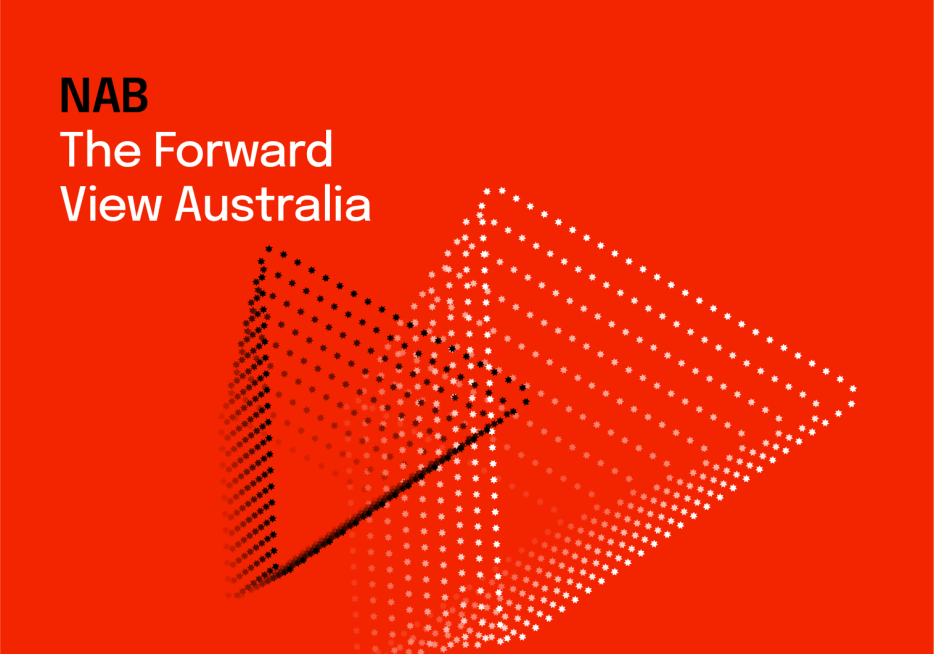Firmer consumer and steady outlook


Insight
Now that the other side of the pandemic is emerging, clients are starting to ask how high rates will go when central banks start to normalise policy.
Customers can receive Australian Markets Weekly and other updates directly in their inbox by emailing nab.markets.research@nab.com.au with the name of their NAB relationship manager.
© National Australia Bank Limited. ABN 12 004 044 937 AFSL and Australian Credit Licence 230686.